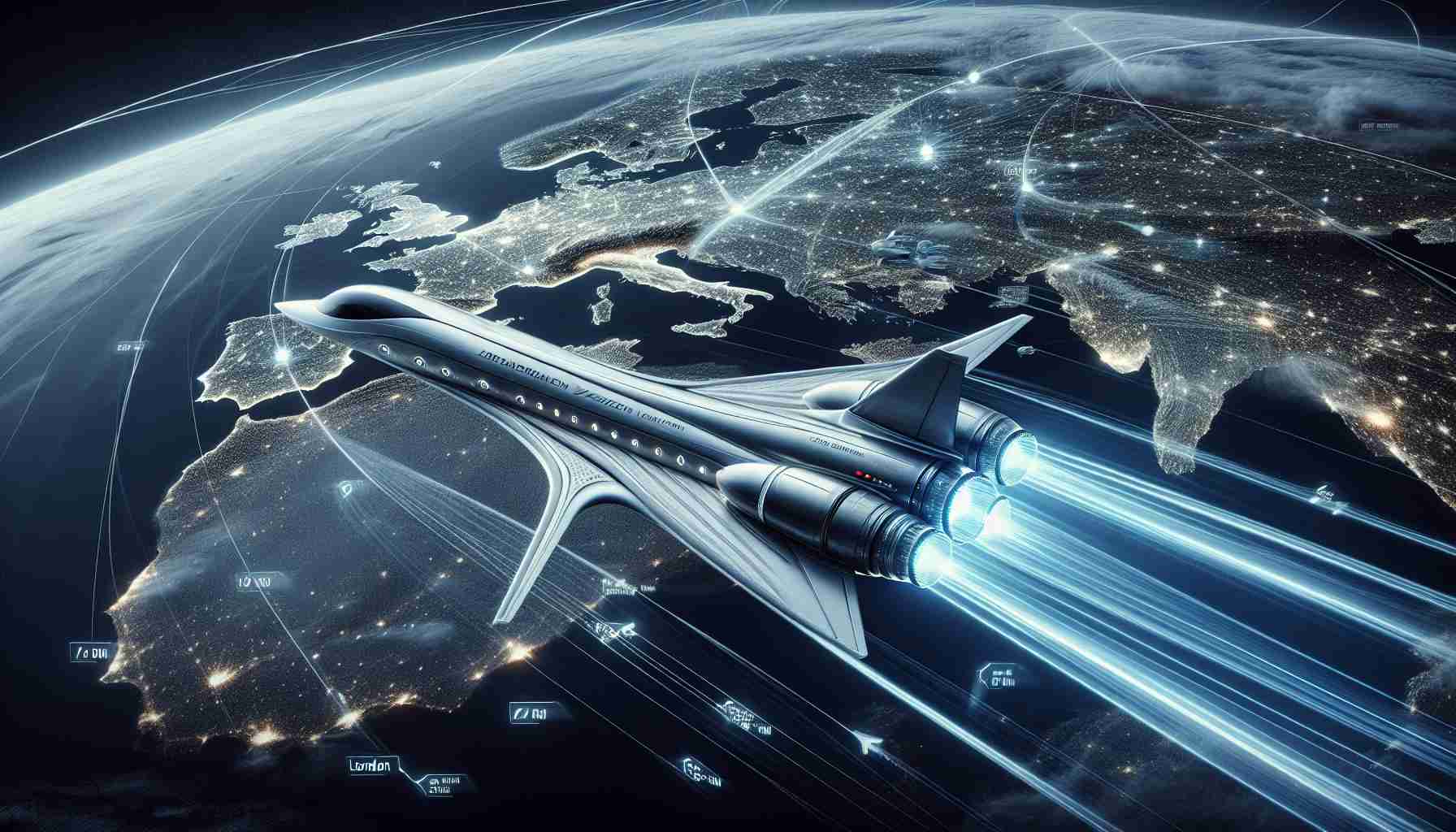In a groundbreaking development, a Beijing-based company has successfully tested a prototype jet, potentially enabling future flights from London to Sydney in a mere four hours. According to the South China Morning Post, this ambitious project by Space Transportation aims for commercial flights by 2027, achieving speeds of Mach 4, double what Concorde once accomplished.
Reaching Mach 5, hailed as “the new Mach 1” by expert publications, presents a significant milestone in aviation. While hypersonic speeds exceed five times the speed of sound, achieving navigability at such speeds is a formidable challenge. Traditional steering methods falter under intense physical forces and temperatures.
To overcome these hurdles, engineers are exploring innovative solutions, such as magnetohydrodynamics, which utilizes magnetic fields to manage heat via plasma. Another promising design, the SABRE engine, integrates jet and rocket technologies to achieve Mach 5 while maintaining runway takeoff capabilities.
Despite the thrilling prospect of drastic reductions in travel times—like under two hours from London to New York—a prominent publication stresses the enormity of the challenges involved. The environmental impact of hypersonic travel remains significant, with these advanced aircraft consuming far more fuel per passenger mile compared to traditional jets. Moreover, the financial viability is questionable, as these planes accommodate fewer passengers, making economic scales difficult to achieve.
Safety concerns add another layer of complexity. Historical incidents, including the Concorde crash, underscore the risks involved. Companies like Boom Supersonic remain optimistic, yet recent setbacks like Reaction Engines’ financial troubles remind us of the intricate balance between innovation and practicality.
The Race to Hypersonic Travel: Revolution or Setback?
The pursuit of hypersonic travel is a tantalizing goal for aviation enthusiasts and tech investors alike, promising a future where long-haul flights are reduced to mere hours. While the potential for revolutionizing global travel is immense, delving deeper into this cutting-edge frontier reveals a mix of complex challenges and promising opportunities.
Unseen Technological Leap
The quest to achieve speeds far beyond the Concorde’s Mach 2.04 has sparked innovations previously relegated to science fiction. Technologies such as magnetohydrodynamics and the SABRE engine are not just buzzwords; they represent dramatic shifts in how aircraft might tackle challenges like heat management and efficiency in future designs, with the latter blending jet and rocket technologies to achieve hypersonic speeds without needing mile-long runways.
The Human Impact: Benefits and Drawbacks
For frequent fliers, the appeal of cutting travel time is obvious. Imagine a world where business meetings in Tokyo are achievable with a morning departure from Los Angeles and a return by evening. Not only would this save time, but it could also reshape how companies perceive global operations—potentially leading to more vibrant economic exchanges.
However, the environmental cost cannot be ignored. As these hypersonic aircraft would burn significantly more fuel per kilometer per passenger, the ecological footprint of such travel threatens to negate strides made towards more sustainable aviation. While conventional jets are becoming more fuel-efficient, faster travel comes at a steep environmental price.
Economic Viability: A Mirage?
Can such innovations be economically sustainable? Hypersonic jets, catering to a niche market with enthusiastic yet relatively limited demand, face hurdles. Traditional airlines rely on maximizing passenger numbers to keep flights profitable. With fewer seats and higher fuel costs, how would hypersonic travel adapt to an airline industry accustomed to large economies of scale?
Safety Concerns and Innovation Standoff
Safety remains paramount. The memory of the Concorde—once the pinnacle of supersonic travel—serves as a somber reminder of advancements gone awry. Engineering breakthroughs must overcome inherent risks associated with ultrafast speeds, such as increased stress on materials and complex emergency response protocols.
Additionally, with companies like Boom Supersonic facing setbacks and pioneers like Reaction Engines experiencing financial setbacks, the balance between ambition and reality seems precarious. Can the enthusiasm for hypersonic travel survive these economic and technical trials?
Looking Ahead: Is Hypersonic Travel Our Future?
With these pros and cons in mind, one questions whether hypersonic travel is a fleeting dream or a tangible reality. Will it become a practical tool reshaping international travel, or remain an enigmatic pursuit underserved by current technology and economics? As we edge closer to 2027, the answer remains just out of reach.
For further exploration of hypersonic travel and its implications, visit NASA’s official site or Boeing’s site for aviation innovations.







